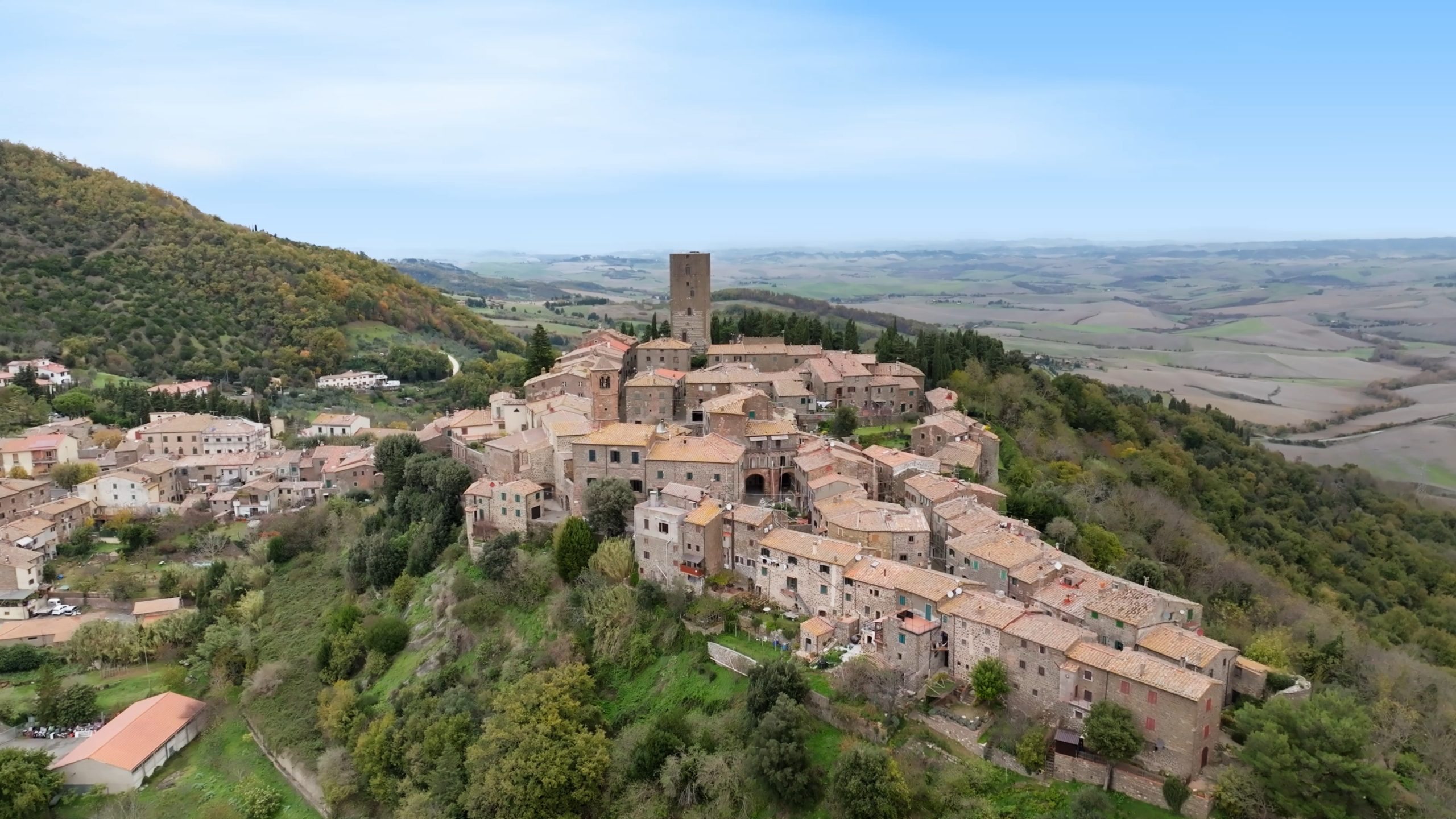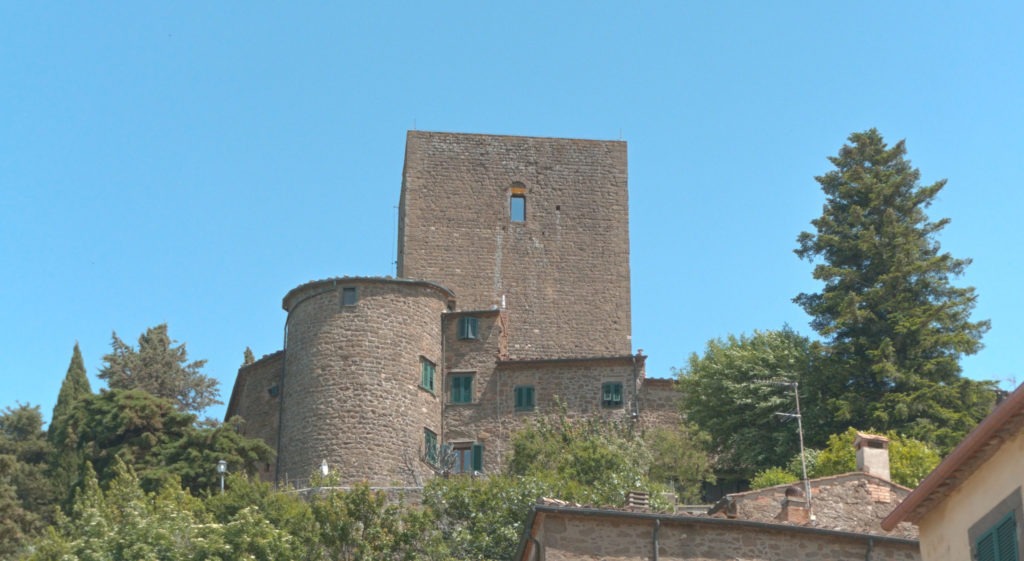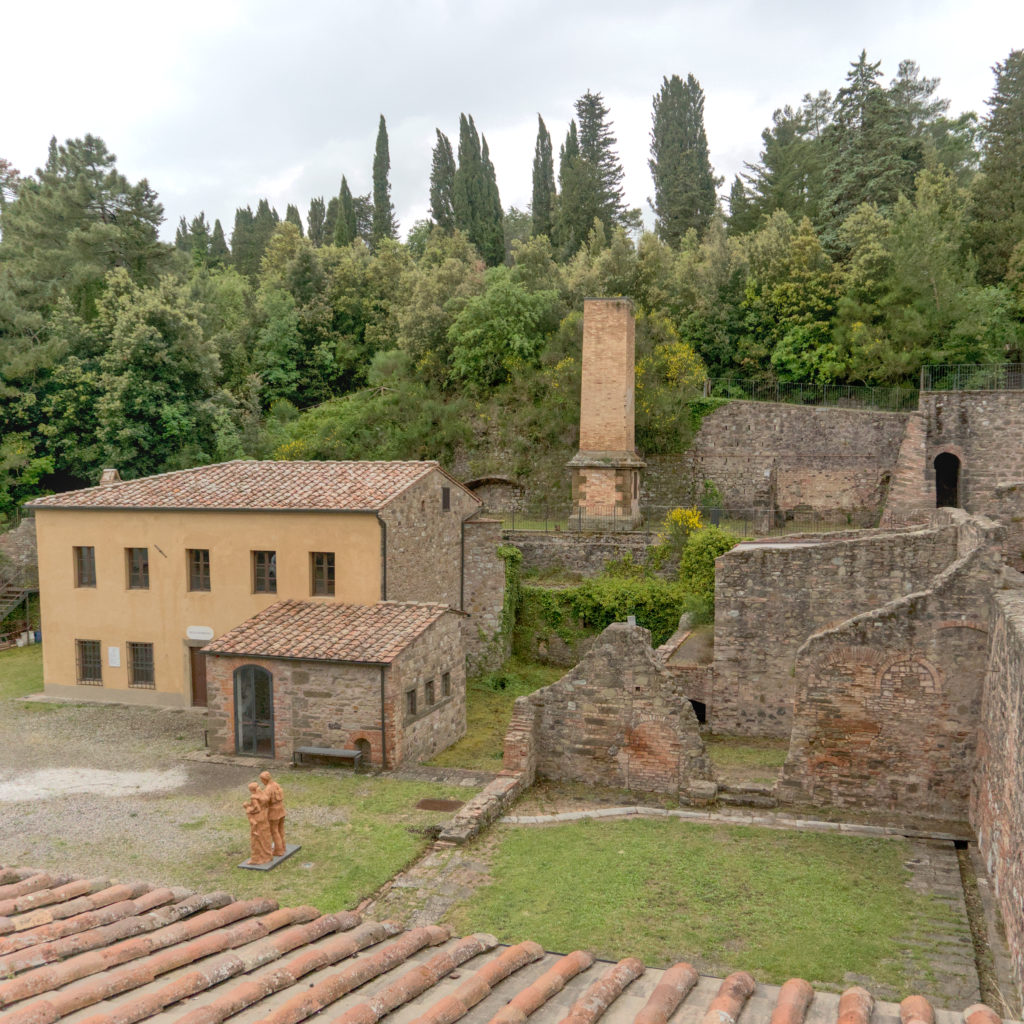Mining heritage meets medieval splendor: Montecatini Val di Cecina offers a journey through Tuscan copper mines, ancient castles, and authentic landscapes steeped in history and charm.
(Montecatini val di Cecina)

Mining heritage meets medieval splendor: Montecatini Val di Cecina offers a journey through Tuscan copper mines, ancient castles, and authentic landscapes steeped in history and charm.

Montecatini Val di Cecina has its roots in the heart of the Middle Ages. Its first written attestation dates back to 1099, in a document where the bishop of Volterra confirms properties to the parish church of Sant'Eleuterio of Gabbreto. Among the words of that ancient document, a detail emerges that takes us back in time: the boundaries of the lands are marked by "an oak tree near Montecatrini," like a whisper from the past that still speaks to us today.
Information about the 12th and 13th centuries is scarce, but it is with the 14th century that Montecatini awakens, transforming into a true castle: a fortified center, protected by walls, and with a new centrality. Its history is guided by the family of Bocchino Belforti, a well-known name in the chronicles of the time, protagonist of Volterra's political life.
It is during this period, in the second half of the 1300s, that the village sees the birth of two of its most recognizable symbols:


The language of stones tells of the skill of the craftsmen of the time: church, tower, and walls were built with the filaretto technique,made of regular courses of squared stones, interspersed with thin bands of mortar. A technique typical of Romanesque style, which arrives late in Montecatini, when elsewhere new methods with stone and brick were being experimented with.
With the fall of the Belforti power over Volterra, the castle of Montecatini also loses centrality. It thus enters the orbit of the city, following its destiny until the tragic sack of Volterra in 1472,when Federico da Montefeltro conquers the city. A war fought for control of the alum of the metalliferous hills: a treasure hidden in the earth, contested for centuries.
For centuries Montecatini lives a silent history, without major events.
But it is in the nineteenth century that the village experiences a second birth, this time linked no longer to stones and towers, but to the bowels of the earth.
In 1827, following the discovery of copper outcrops in the Caporciano area, just southwest of the castle, a mine is opened with innovative techniques for the time. In a few decades, that mine becomes the richest in Europe, of the 19th century.
The copper of Montecatini, extracted in granules, first reaches Livorno and then Londrabecoming part of the engine of industrial Europe.
In 1888 , the Società Anonima delle Miniere di Montecatini, (Anonymous Society of Montecatini Mines) is born, destined to become one of the most important names in Italian industry: Montecatini, mother of the future giant Montedisonborn from the merger with Edison in 1963.
Our live webcam
